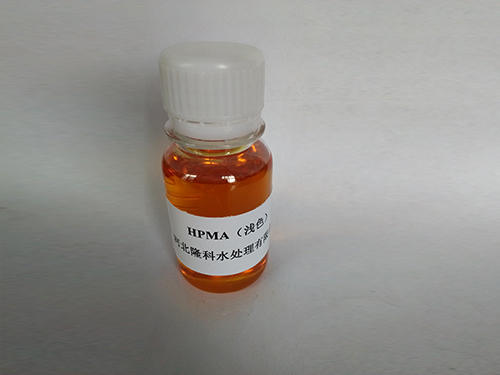polyacrylamide price
Understanding Polyacrylamide Pricing Factors and Market Trends
Polyacrylamide (PAM) is a versatile polymer widely used in various industries, including water treatment, oil recovery, papermaking, and agriculture. Its popularity stems from its ability to enhance the efficiency of processes such as flocculation, coagulation, and soil stabilization. As industries increasingly rely on this material, understanding the pricing dynamics of polyacrylamide becomes essential. This article delves into the factors influencing polyacrylamide prices and explores current market trends.
1. Factors Influencing Polyacrylamide Prices
Several key factors affect the pricing of polyacrylamide. These include
- Raw Material Costs The production of polyacrylamide requires specific raw materials, including acrylamide, which is derived from petroleum. Fluctuations in oil prices can directly impact the cost of these raw materials, subsequently affecting the price of polyacrylamide.
- Production Processes The manufacturing process of polyacrylamide is energy-intensive. Any changes in energy costs can also have significant implications for the overall production expenses. Additionally, variations in production methods among manufacturers can lead to differences in pricing based on efficiency and scale.
- Supply and Demand Dynamics The balance between supply and demand is crucial in determining polyacrylamide prices. In periods of high demand—such as increased industrial activity or natural disasters that require extensive water treatment—prices may surge. Conversely, oversupply can lead to price reductions.
- Regulatory Influences Environmental and safety regulations surrounding the production and use of polyacrylamide can impact its pricing. Compliance with stringent regulations may lead to increased costs for manufacturers, which could be passed on to consumers.
2. Current Market Trends
polyacrylamide price

The global polyacrylamide market has shown notable trends in recent years
- Growing Demand in Water Treatment One of the primary drivers of polyacrylamide demand is its application in water treatment processes. With increasing concerns about water scarcity and pollution, governments and industries are investing heavily in wastewater treatment infrastructure. This trend is expected to continue, bolstering the demand for polyacrylamide.
- Expansion in Oil and Gas Industries The oil and gas sector is another major consumer of polyacrylamide, particularly in hydraulic fracturing and enhanced oil recovery processes. As global energy demand rises, the need for efficient oil recovery techniques may contribute to increased polyacrylamide consumption in this sector.
- Agricultural Applications Polyacrylamide is gaining traction in agriculture, where it is used for soil conditioning and moisture retention. With the escalating challenges posed by climate change, farmers are increasingly adopting innovative products to support sustainable practices, further driving the demand for polyacrylamide.
- Price Volatility Recent geopolitical events, particularly those affecting oil supply chains, have led to volatility in raw material prices. Consequently, polyacrylamide prices can experience fluctuations that industry stakeholders must navigate effectively.
3. Future Outlook
The outlook for polyacrylamide pricing is influenced by several interrelated factors. As environmental regulations tighten and industries seek sustainable solutions, innovation in production methods may lead to cost reductions in the long run. Additionally, the development of bio-based alternatives to traditional polymers could reshape the market landscape and impact pricing.
In conclusion, understanding the pricing dynamics of polyacrylamide requires an appreciation of the various factors at play. With ongoing developments across multiple sectors, tracking market trends and adapting to changing conditions will be crucial for manufacturers, suppliers, and end-users alike. As demand continues to grow, the polyacrylamide market is likely to remain dynamic, presenting both challenges and opportunities for stakeholders involved. Engaging in proactive strategies and remaining informed will be essential for capitalizing on the potential of this important polymer in the years to come.
-
LK-319 Special Scale And Corrosion Inhibitor For Steel Plants: Advanced Solutions for Industrial Water SystemsNewsAug.22,2025
-
Flocculant Water Treatment: Essential Chemical Solutions for Purification ProcessesNewsAug.22,2025
-
Isothiazolinones: Versatile Microbial Control Agents for Industrial and Consumer ApplicationsNewsAug.22,2025
-
Scale Inhibitor: Key Solutions for Water System Scale PreventionNewsAug.22,2025
-
Organophosphonates: Versatile Scale Inhibitors for Industrial Water SystemsNewsAug.22,2025
-
Scale and Corrosion Inhibitor: Essential Chemical Solutions for Water System MaintenanceNewsAug.22,2025





